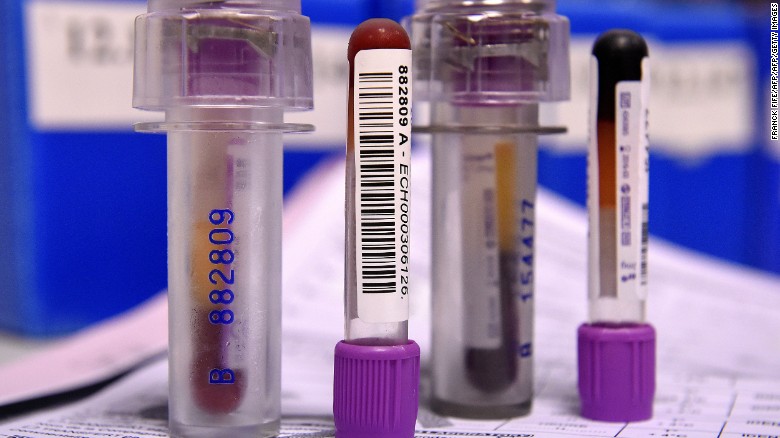This week sees the opening of the 21st Commonwealth Games on the Gold Coast. 71 nations will compete and share the dream of medal success. Pathology will be central in ensuring that the tournament is fair and safe, as lab teams tackle blood doping.
With the tiniest margins separating success from failure, blood doping can offer significant performance advantages particularly in the endurance based sports.
Canberra Hospital based medical scientist Robin Parisotto has been involved in testing for blood doping since the 2000 Olympics. He describes the situation as a cat-and-mouse game, where scientists must stay one step ahead of drug cheats, who are constantly developing more effective drugs that are harder to detect.
Parisotto says, “Back in 2000 the situation was simpler and we could use Full Blood Counts to monitor and detect unusual blood fluctuations. The blood doping regimes weren’t so sophisticated, so if you were doping, your haemoglobin was noticeably high. Using contemporary ‘micro-doping’ techniques keeps the haemoglobin level stable and at the upper limit of normal, to avoid drawing attention.”
To combat this an ‘athlete biological passport’ (ABP) to detect the effects of blood doping was developed and has been in use since 2008. The ABP documents an athlete’s haematological parameters over time as blood doping impacts on more than just haemoglobin levels.
Some parameters may however fluctuate due to physical stresses caused by illness or altitude training which could be confused with blood doping. For example athletes who live and/or train at altitudes of greater than 2000m typically have 6-10 g/litre more haemoglobin than compatriots at sea level. Therefore each athlete has an individualized ‘reference range’.
The passport results, combined with specimen collection, transport and storage details, training and competition records and medical history, provide personalized guidance to a panel of experts charged with interpreting blood results.
Parisotto says that out of more than 200 nations that participate in global sporting events, only 30 or so have structured drug-testing regimes and testing laboratories; hence regular testing can be patchy.
“One professional cyclist might be having 6-12 blood tests per year, another may have just one. Officials often chase athletes up and down hills to obtain samples. Athletes competing under flags of other countries add more complexity.”
Fair play isn’t the only victim of doping. Doping drugs carry major health risks, since they can be manufactured and distributed through illicit channels, without regulation, testing or guidance. In particular, out-of-control blood doping in the late 80s and early 90s resulting in Haemoglobin levels of >200 g/L was anecdotally linked to more than 30 mysterious and sudden deaths from heart-attacks and strokes among pro-cyclists and cross-country skiers.
Parisotto believes one way to improve the scope and achieve global standardized testing is to harness the power of pathology labs. The 30 or so countries with formal regimes tend to keep their testing in-house, despite a major skills shortage.
Pathology labs are around the world, brimming with haematology and biochemistry expertise (blood hormone profiles being developed) that could be harnessed for this purpose.
“Most of the sports testing authorities struggle to find experts in blood results interpretation. Whereas medical scientists in Haematology or Biochemistry sections in most pathology laboratories already have the skill set to provide valid interpretation(s) of blood test results. We’re here. We could help!”
Being labelled a drug cheat can destroy careers, so testers want to be sure. In the case of the ABP the final arbiter is the Court of Arbitration for Sport based in Switzerland. Many cases end here because it is the interpretation of a Full Blood Count (or Biochemistry profile) that is in question rather than the detection of a banned substance. This is where medical scientists come into their own.

